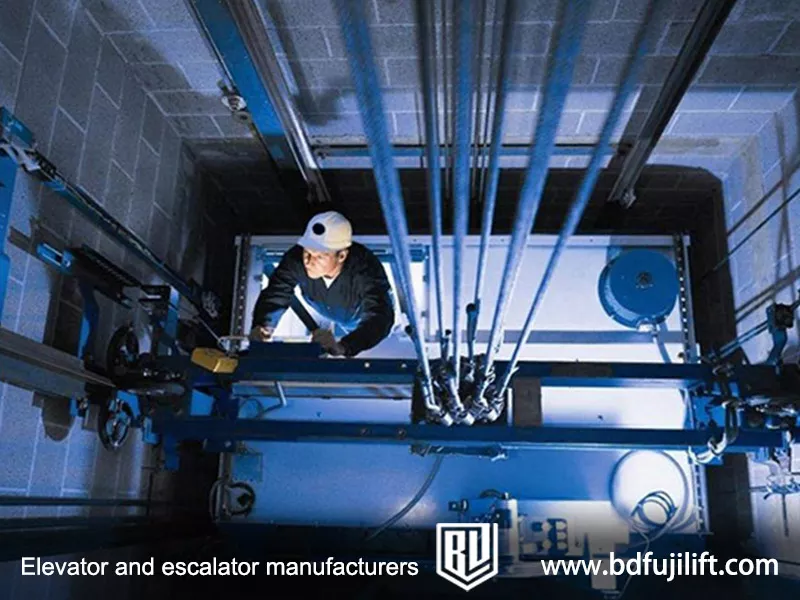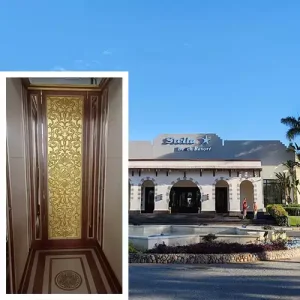Elevators are essential systems in modern buildings, handling the vertical movement of both people and goods across high-rise offices, residential towers, hospitals, and shopping malls. Unlike stairs or escalators, elevators combine speed, capacity, and safety into one system. But elevator replacement is never inexpensive, and installation costs can raise the total investment further. Before making that decision, it is important to know when to replace an elevator and how much an elevator replacement may cost.
When Should You Replace an Elevator?
Elevator Breaks Down Often
When an elevator starts breaking down frequently, and you end up spending more on repairs than what a replacement would cost, then it may be time to install a new system. Elevators have many moving components that naturally wear out, and some may no longer function properly even after repairs.
Elevator Surges Energy Bills
Elevators consume electricity every day, but their energy use should stay fairly consistent with regular operation. If you notice a sudden spike in your building’s energy bills, your elevator may be running inefficiently. This could mean certain parts are failing, or the entire system is nearing the end of its life.
Elevator Has Costly or Faulty Parts
Elevator components such as lighting, doors, or control panels can be replaced easily. Elevator major parts like the traction machine or controller, however, are very expensive to repair or replace. Elevator owners often find that at this point, investing in a brand-new elevator is more cost-effective.
Building Under Renovation
Elevator upgrades are often necessary when a property is being expanded or remodeled. Elevator passenger flow and layout changes can outgrow the old unit’s capabilities. Elevator replacement with a modern system ensures the building’s upgrades are fully supported. When a property is being upgraded or expanded, the existing elevator may not meet new passenger flow or design requirements. Replacing the old unit with a modern one ensures the building’s upgrades are fully supported.
How to Replace or Upgrade an Elevator
Step 1: Determine Whether the Elevator Can Be Fixed
Check whether your existing elevator truly needs replacement, or if a repair will extend its useful life. Repairs can add years of service, especially if maintenance was neglected before. Work with a certified elevator technician to inspect and repair your unit.
Step 2: Scout for a New Elevator
If you confirm that replacement is necessary, begin researching new models. If you are unsure which elevator fits your building best, consult suppliers like BDFUJI for professional guidance based on space, budget, and efficiency needs.
Step 3: Purchase and Install Elevator
Purchase the right elevator system and hire a professional installation team. While some upgrades are straightforward, most replacements—especially traction or MRL elevators—require certified contractors and strict safety compliance.
Step 4: Schedule Maintenance and Upkeep
Once installation is complete, schedule regular inspections and maintenance to ensure durability and safe operation for decades. Partnering with a reliable supplier guarantees ongoing support.
Elevator Replacement Costs

- Elevator System Cost: $25,000 to $80,000 on average
- Labor Cost: $5,000 to $20,000 on average
- Building Modification Costs: $8,000 to $30,000 depending on complexity
- Annual Maintenance & Tune-up: $1,000 to $3,000 on average
💡 In general, full replacement costs can range from tens of thousands to a few hundred thousand dollars, depending on the project.
How to Choose a Replacement Elevator
Official Suppliers
Official suppliers of your preferred elevator brand carry multiple models, and can explain the pros and cons of each. They provide warranties, and some may include installation in the package.
Distributors and Dealers
While it is ideal to purchase directly from an official manufacturer or supplier, access can be limited if you are not familiar with the industry. Many distributors and dealers also stock various elevator types, sometimes bundling installation with the unit price for a better bargain. You can compare models and get unbiased feedback across brands.
Elevator Manufacturers
Elevator manufacturers produce the systems themselves and usually offer the widest range of models and customization options. Working directly with a manufacturer allows building owners to discuss tailored specifications, ensure compliance with international standards, and benefit from strong after‑sales support. BDFUJI, as a global elevator manufacturer, provides customizable passenger and freight elevators, supporting projects that range from residential complexes to hospitals and shopping malls.







